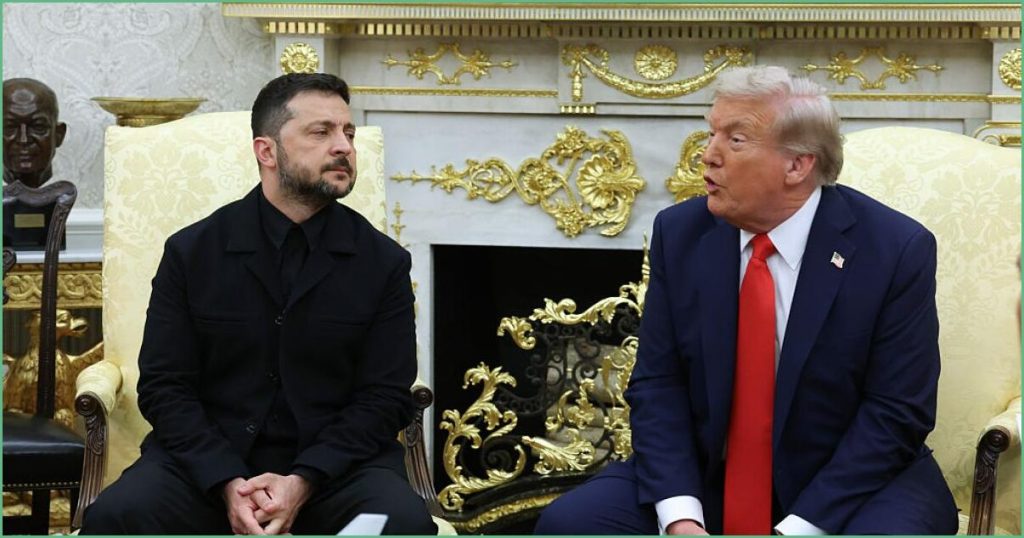Security
Trump Pulls Tomahawks from the Table Before Zelensky Visit
President Donald Trump removed American Tomahawk missiles from consideration for transfer to Ukraine ahead of a White House meeting with President Volodymyr Zelensky. The move was announced publicly and framed as a matter of national readiness and prudence.
The missiles had loomed large in weeks of reporting about whether Washington would hand them over, an option that could have enabled Kyiv to extend strikes into the Russian interior and target infrastructure. That possibility raised hard questions about escalation and U.S. liability for outcomes beyond defensive support.
“We need Tomahawks for the U.S. too. We have many but we need them, we can’t deplete, they are very vital,” .
Zelensky’s visit comes as Mr. Trump plans a separate meeting with Russian President Vladimir Putin in Hungary, where Hungarian Prime Minister Viktor Orban has deep relations with both leaders and often pursues his own line of diplomacy. Orban’s role as a bridge between East and West has irritated some in Brussels but could open narrow channels for negotiation.
Republicans generally view the Tomahawk decision as sensible restraint, not abandonment of Ukraine. The argument is straightforward: bolster Ukrainian defenses while avoiding moves that would widen the war or strip the U.S. military of critical long-range assets.
On the battlefield, Russian forces remain active and appear set to press toward logistical hubs such as Kupyansk and Pokrovsk, locations analysts say are pivotal to supply lines. Those threats factor directly into what kinds of equipment and training American leaders believe make sense to provide at different stages of the conflict.
https://x.com/Alex_Oloyede2/status/1978930923891532280
Zelensky will understandably seek assurances and additional tools during his White House meeting, and Republican officials will listen for specifics that strengthen defense rather than fuel escalation. The administration’s posture suggests support for continued aid packages focused on air defenses, artillery, and logistics rather than offensive systems designed to strike deep inside Russian territory.
At the same time, diplomacy is back on the table: a Trump-Putin sit-down in Budapest could create opportunities to lower tensions, even if they are tactical and limited. Conservatives prefer deals that reduce the chance of direct confrontation while keeping pressure on Moscow to change behavior through economic and military deterrence.
Domestic politics also play a role: voters want a president who protects American capabilities and avoids handing away scarce munitions that might be needed in future contingencies. For Republicans, national security equals prudence, clear-eyed support for allies, and a preference for outcomes that do not expand conflicts unpredictably.
The next few days of meetings will be watched closely in Kyiv, Moscow, and at NATO headquarters, with decisions on weapons, timelines, and diplomatic outreach moving from debate to policy. How Washington balances support for Ukraine with the need to preserve U.S. readiness will shape the story as it unfolds.
Senior officials have stressed that the United States keeps other avenues open, including intelligence sharing, logistics support, and training for Ukrainian forces. Those measures can blunt Russian advances without handing Kyiv long-range strike capability that risks strategic escalation. Republicans argue this approach buys time for Ukraine to rebuild and for allies to step up where appropriate.
There is still pressure from some lawmakers and allies to authorize more lethal aid, and Republicans will weigh those calls against the practical limits of U.S. arsenals. Supporters argue that sending powerful weapons now could deter Moscow, while skeptics fear it might draw NATO partners into a broader conflict. The administration must balance immediate battlefield needs with long-term supply chains and the ability to replenish stockpiles quickly.



